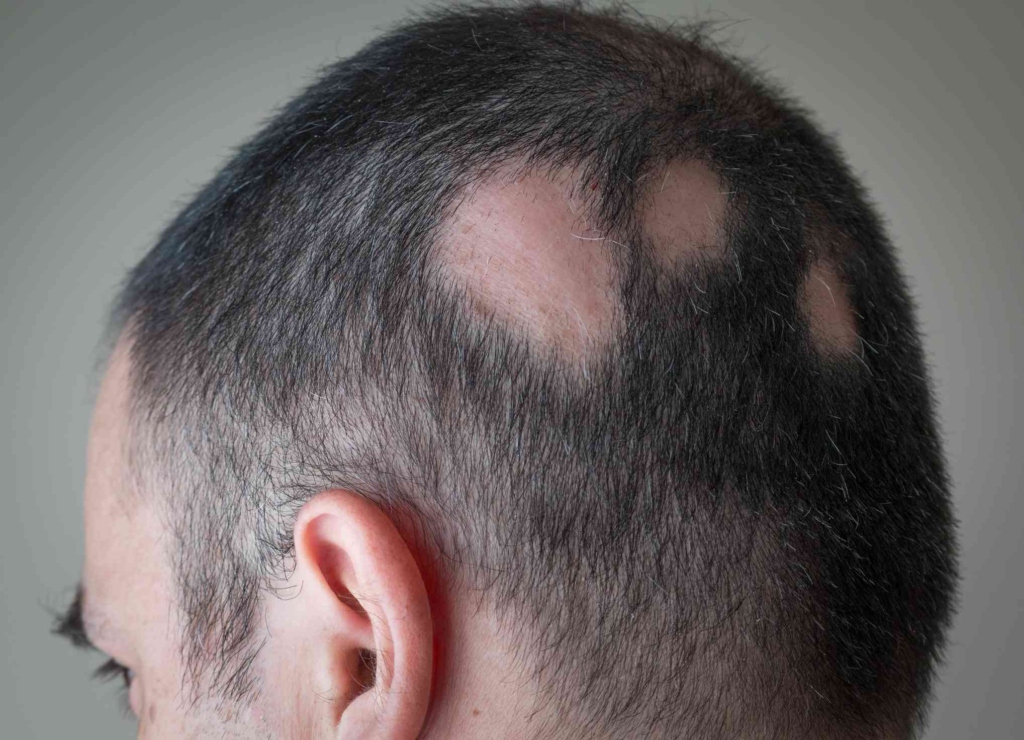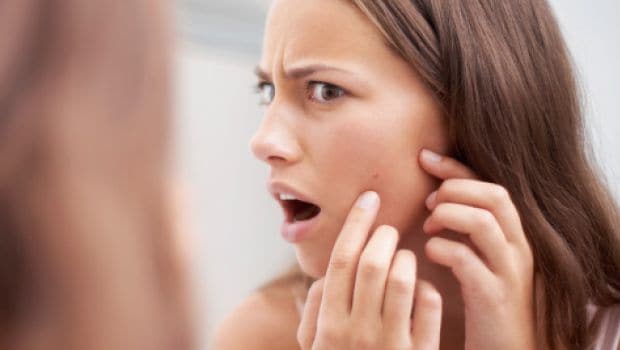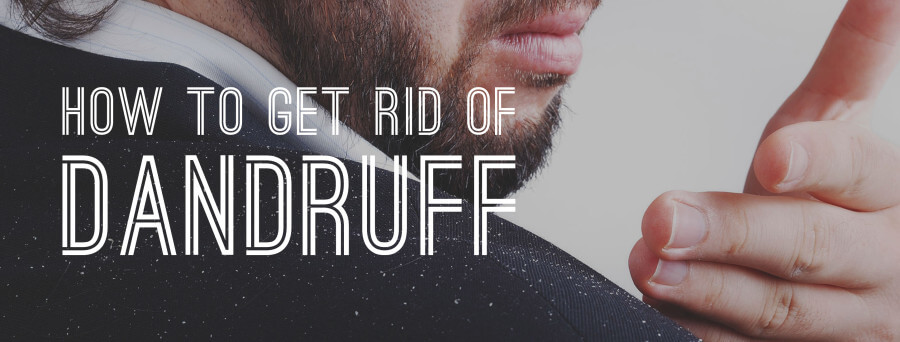Alopecia areata is a common autoimmune disorder that often results in unpredictable hair loss.
In the majority of cases, hair falls go into small patches round the size of a quarter. for many people, the hair loss is nothing more than some patches, though in some cases it are often more extreme.
Sometimes, it can result in the complete loss of hair on the scalp (alopecia totalis) or, in extreme cases, the whole body (alopecia universalis).
The condition can affect anyone no matter age and gender, though most cases occur before the age of 30.
In this article, we glance at the causes and symptoms of alopecia areata, its diagnosis, and potential treatments.
Treatment

There is currently no cure for alopecia areata, although there are some sorts of treatment which will be suggested by doctors to assist hair re-grow more quickly.
The most common sort of alopecia areata treatment is that the use of corticosteroids, powerful anti-inflammatory drugs which will suppress the immune system. These are mostly commonly administered through local injections, topical ointment application, or orally.
Other medications which will be prescribed that either promote hair growth or affect the system include Minoxidil, Anthralin, SADBE, and DPCP. Although a number of these may help with the re-growth of hair, they can’t prevent the formation of recent bald patches.
The use of photo-chemotherapy is supported by some studies and presents a potential alternative for patients unable or unwilling to use systemic or invasive therapies.




